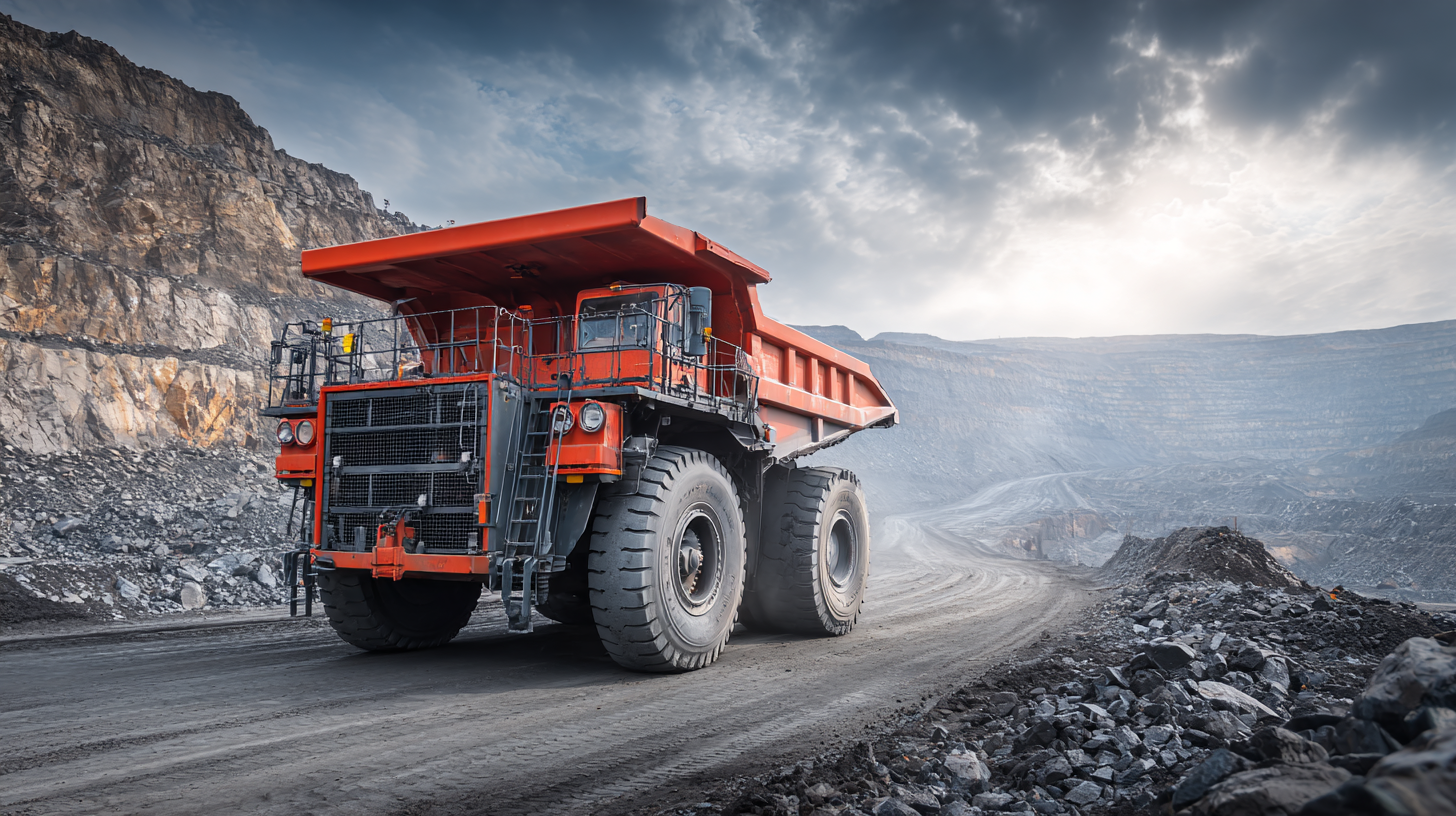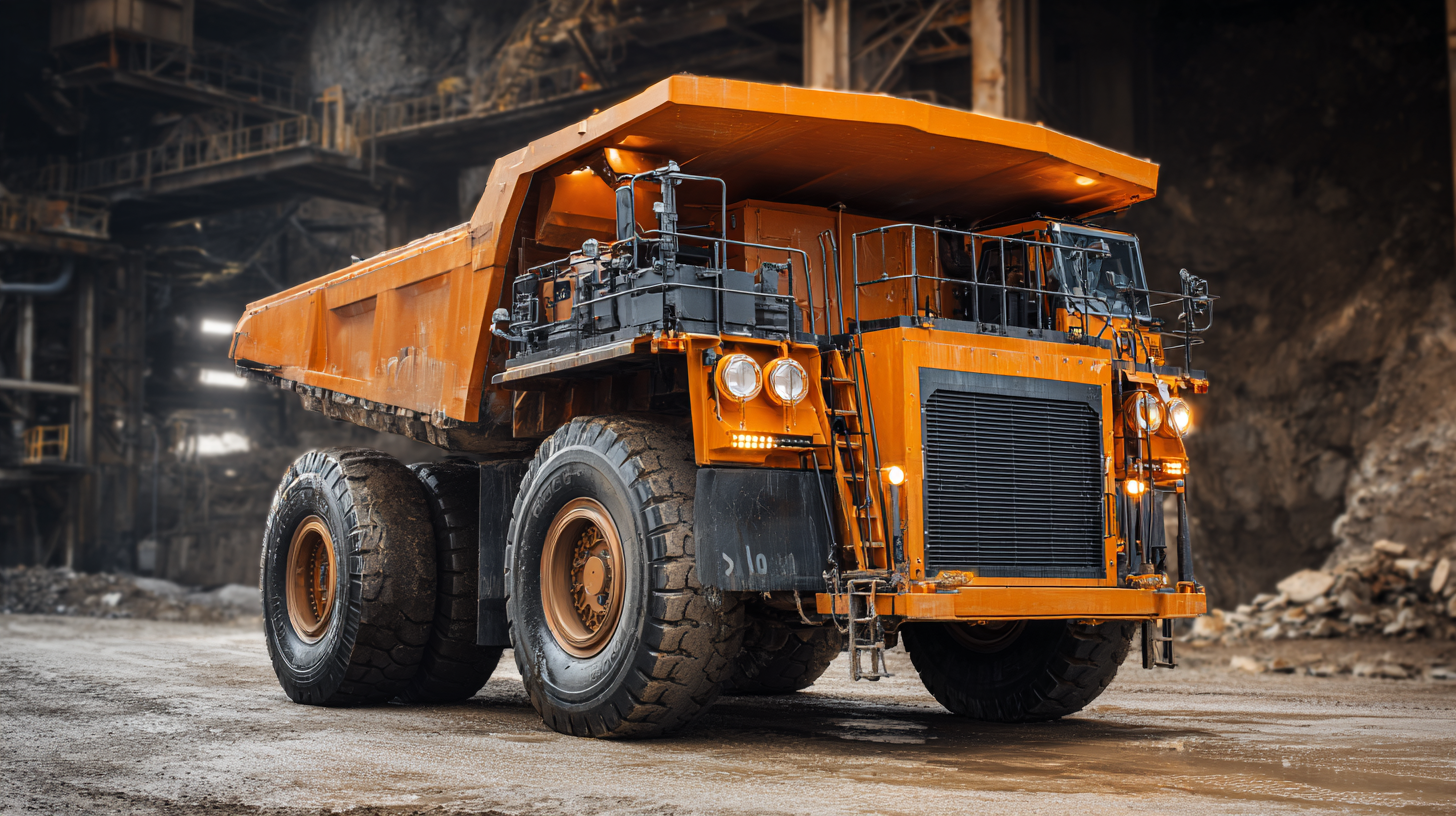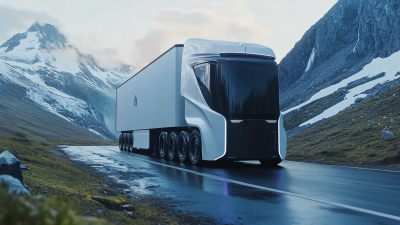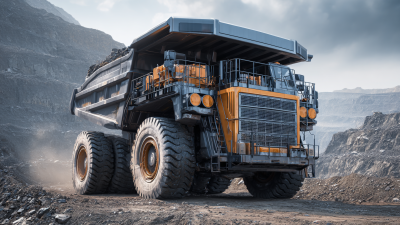The mining industry is undergoing a transformative shift with the advent of Electric Haul Trucks, which are setting new standards for efficiency and sustainability in heavy transportation. These innovative vehicles are not only reducing carbon footprints but also reshaping operational cost structures, thereby revolutionizing how materials are moved from extraction sites to processing facilities. As the demand for cleaner, more efficient mining practices rises, Electric Haul Trucks emerge as a critical solution, combining cutting-edge technology with the need for responsible resource management. This article delves into the various aspects of integrating Electric Haul Trucks into mining operations, exploring their design, benefits, challenges, and the future landscape of transportation in the industry. By understanding how these trucks operate and the impact they will have, stakeholders can better prepare for a new era of eco-conscious mining practices that prioritize both operational excellence and environmental stewardship.

Electric haul trucks are designed to transform the transportation of materials in mining operations, combining advanced technology with efficiency. At their core, these vehicles operate using electric power instead of traditional diesel engines. This shift not only reduces emissions significantly but also lowers operational costs associated with fuel. The powertrain of electric haul trucks generally includes electric motors that drive the wheels directly, which enhances torque delivery and improves overall performance, especially on steep gradients typically found in mining sites.
The design of electric haul trucks incorporates robust materials and engineering to withstand the harsh conditions of mining environments. These trucks often feature large battery packs that provide the necessary power for long hauls and rapid acceleration. Many models are equipped with regenerative braking systems that recover energy during braking, further extending their operational time between charges. Additionally, the ergonomic design aims to enhance operator comfort, safety, and control, making these trucks not just powerful, but also user-friendly in challenging terrains. As the mining industry moves towards sustainability, the design and operation of electric haul trucks are becoming increasingly pivotal to its future.

Electric haul trucks are transforming modern mining operations by offering a range of key benefits that enhance both efficiency and sustainability. One of the most significant advantages is the reduction in operational costs. Electric trucks eliminate the need for diesel fuel, which not only cuts fuel expenses but also reduces maintenance costs associated with traditional combustion engines. Additionally, the enhanced performance of electric motors allows for smoother and more dependable operation, leading to increased productivity on mining sites.
Another notable benefit is the minimal environmental impact. Electric haul trucks produce zero emissions at the point of use, which contributes to cleaner air quality and a reduced carbon footprint. As mining companies face increasing pressure to adopt greener practices, transitioning to electric trucks aligns with global sustainability goals and regulatory requirements. Furthermore, the quieter operation of electric vehicles significantly lessens noise pollution, enhancing the working environment for operators and reducing disturbances to nearby communities and wildlife. These advantages position electric haul trucks as a forward-thinking solution in the pursuit of efficient and responsible mining practices.
Electric haul trucks are gradually transforming the mining sector by offering a more sustainable alternative to traditional diesel-powered vehicles. According to a report from the International Council on Mining and Metals (ICMM), electric haul trucks can reduce greenhouse gas emissions by up to 50% compared to their diesel counterparts, significantly contributing to global climate goals. Moreover, the shift towards electrification can help mining companies meet increasing regulatory demands for sustainability, thereby enhancing their social license to operate.
In terms of cost efficiency, while the initial investment for electric haul trucks is higher—estimated at about 20-30% more than diesel trucks—operating costs make a compelling case for their adoption. According to research from McKinsey & Company, electric trucks can lead to a reduction in fuel costs by up to 70% due to lower energy prices and fewer maintenance needs. This translates to an overall total cost of ownership that can be more favorable in the long run. As advancements in battery technology continue to evolve, the operational efficiency of electric haul trucks is expected to improve further, making them a viable choice for forward-thinking mining operations.
The implementation of electric haul trucks in the mining industry presents a unique set of challenges and solutions that require careful consideration. One of the primary challenges is the existing infrastructure, which is often not tailored to support electric vehicles. Mining sites, typically characterized by their remote locations, may lack the necessary charging stations and power supply networks for these trucks. A solution lies in investing in the development of robust charging infrastructures, including renewable energy sources such as solar or wind, which could provide sustainable energy for operations.
Additionally, the transition to electric haul trucks involves significant upfront costs and changes in operational procedures. Mining companies must evaluate the total cost of ownership, including maintenance, fuel savings, and potential government subsidies for electric vehicles. Training staff to operate and maintain electric equipment is also essential for effective implementation. By addressing these challenges through strategic planning and investment, the mining industry can embrace the benefits of electric haul trucks, including reduced emissions and lower operational costs, paving the way for a greener future in transportation.
The global electric transport vehicle market is on a remarkable growth trajectory, with projections indicating an increase from $74.66 billion in 2025 to an astounding $565.58 billion by 2032, reflecting a compound annual growth rate (CAGR) of 33.50%. This surge highlights the transformative impact of electric vehicle (EV) technology across various transportation sectors, particularly mining. As electric haul trucks become more prevalent, they are not only enhancing efficiency but also contributing to sustainable mining practices.

The battery electric vehicle market is also evolving rapidly, expected to grow from $9.76 billion in 2025 to substantial figures by 2034, with a CAGR of 16.08%. This indicates a robust interest in electric technologies across multiple applications, including commercial vehicles. Companies focusing on innovative solutions will likely play a pivotal role in shaping the future of mining transportation, driven by collaborative visions and shared technological advancements.
The emergence of companies dedicated to this sector signals a bright future for the deployment of autonomous and electrified solutions in the mining industry, fostering a new era of efficiency and environmental responsibility.





